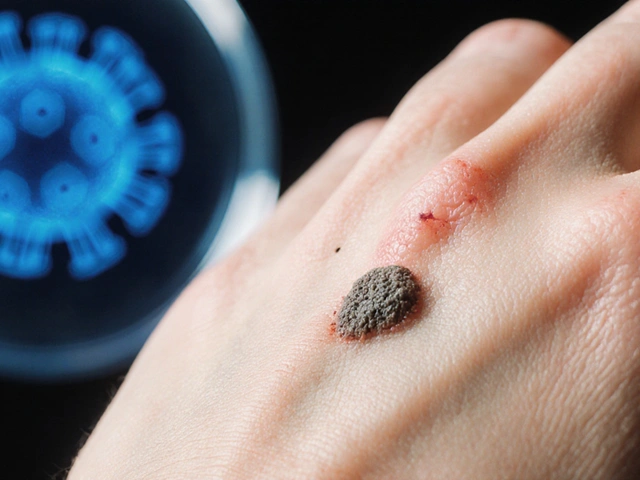Calcium Supplementation: What You Need to Know
If you’ve ever heard that calcium is the building block of bones, you’re not alone. Most of us get some calcium from food, but many still need a boost from supplements. Whether you’re trying to protect bone health, prevent osteoporosis, or just fill a dietary gap, knowing how to use calcium wisely can make a big difference.
Why Calcium Matters
Calcium does more than keep your skeleton strong. It helps muscles contract, nerves send signals, and blood clot when you get a cut. Adults usually need 1,000 mg a day, but women over 50 and men over 70 should aim for 1,200 mg because bone loss speeds up with age. If you skip out on enough calcium, you risk weaker bones, frequent fractures, and even dental problems.
Most people can hit their target through dairy, leafy greens, and fortified foods. However, diets low in dairy, vegan eating patterns, or certain medical conditions (like malabsorption) often leave a shortfall. That’s where supplements step in.
How to Take Calcium Supplements Effectively
Choosing the right form matters. Calcium carbonate contains the most elemental calcium (about 40%) and is cheap, but it needs stomach acid to absorb well, so take it with meals. Calcium citrate has about 21% elemental calcium, absorbs nicely on an empty stomach, and is gentler on the gut—great for older adults or people on acid‑reducing meds.
Split your dose. Your body can only absorb 500 mg at a time, so if you need 1,000 mg, take two separate servings. This also reduces the chance of constipation or gas, common side effects of high‑dose calcium.Watch the timing with other meds. Calcium can hook up with iron, zinc, and certain antibiotics, making them less effective. Keep a two‑hour gap between calcium and these drugs or supplements.
Don’t forget vitamin D. Without enough vitamin D, calcium stays in your gut and never reaches the bones. Aim for 600–800 IU of vitamin D daily, either from sun exposure, food, or a supplement.
When you buy a supplement, check the label for added magnesium or vitamin K2. Magnesium helps the body use calcium, and K2 guides calcium to bones instead of arteries.
Finally, listen to your body. If you feel persistent stomach upset, try a lower dose, switch from carbonate to citrate, or spread the intake over more meals. Talk to a pharmacist or doctor if you’re on blood thinners, heart meds, or have kidney disease—high calcium can be risky in those cases.
In short, calcium supplementation works best when you match the right form to your diet, split the dose, pair it with vitamin D, and keep an eye on interactions. With these simple steps, you can close the calcium gap and keep your bones in good shape for years to come.
Oxcarbazepine and Bone Health: What the Evidence Shows

Explore whether oxcarbazepine impacts bone health, the science behind it, risk factors, and practical steps to protect your skeleton while on the drug.
read more



